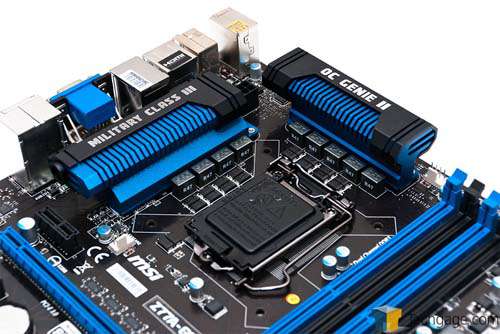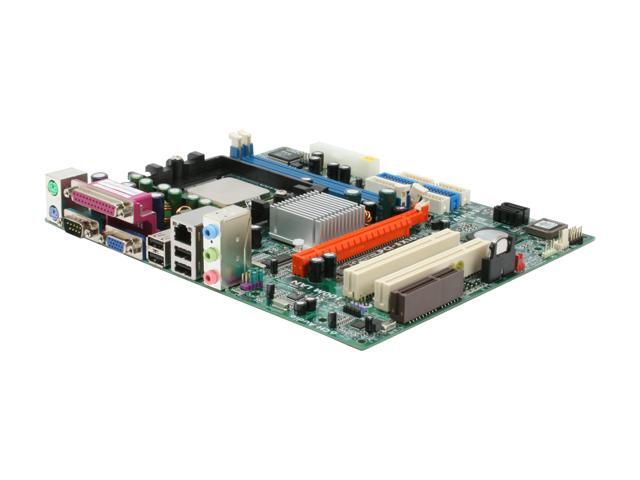Goal 3 Motherboard Drivers
Driver Info: File: intel-motherboarddrvswinbond-w83627hf-aw.exe File size: 0.904 MB Version: 3.09 Average rating: 4.7 / 5 Total Downloads: 197. If you are looking for intel motherboard drivers winbond w83627hf aw, just click link below. All drivers are tested using antivirus software and 100% compatible with Windows.
Even accomplished geeks shy away from motherboard upgrades on their main PCs. Years ago, I would often upgrade gaming and test systems in my own basement lab, but keep chugging along with a production machine using a two-year-old motherboard and CPU.

Then I learned how to swap in a new motherboard without having to deal with a clean install. It isn't that difficult, provided you do a little up-front prep. The hard part is not the hardware installation--modern motherboards are easier to set up and install than in years past--it's bringing up an existing Windows installation and all your applications.
In this article I'm going to focus on a single-generation upgrade. Examples might include moving from an Intel Core 2-generation board to a Core i5/i7 board, or from an AMD Athlon 64 X2 AM2 board to a Phenom X4-capable board. Even in this case, you may be looking at additional hardware--particularly memory, if you're moving from DDR2 RAM to DDR3.
Specifically, I won't look at trying to move from very old hardware (say, a motherboard with AGP) to brand-new hardware. If you're planning on moving from ancient gear to current gear, a clean install really is the best way to go.
Here I'll walk you through the process of upgrading the motherboard in an existing PC, including taking care of all the software issues. The goal is to keep and maintain your existing Windows installation even after a motherboard upgrade. I'll focus on the process with Windows 7, but I'll also offer tips and tricks for Windows XP and Windows Vista.
Performing a motherboard upgrade is fairly simple, and consists of three parts: pre-upgrade preparation, the physical swap, and post-upgrade polishing.
Prepping for the Swap
Step 1: Back Up!
One key point to remember: You are putting your data at risk. Even if you're not into regular backups, now is the time to back up your system. I suggest backing up your valuable data onto an external drive first. Then, if possible, make an image backup of your entire hard drive, using a tool such as Acronis True Image ($50) or DriveImage XML (free). You don't have to clone to another hard drive; just put an image file on another drive, even on the external drive that contains the data backup.
Step 2: Collect Software Registration Keys
Take a close look at all the software you're running. Most modern applications require entering a registration key. You may have to reenter those keys, so make sure that you have them on hand, preferably on hard copy. If you have a lot of programs, grab Magical Jelly Bean Keyfinder--it will pull all of your registration keys so that you can easily record them.
Step 3: Deactivate or Uninstall Activated Applications
If an application requires activation, it may see a new motherboard as an attempt to copy the software illegally, and it may refuse to run as a result. For example, most Adobe professional apps (Photoshop, After Effects, Premiere Pro, and the suites, CS3 or later) require activation. However, they also have a handy 'Deactivate' button in the help menu. If you're running an Adobe suite, you need to deactivate only one app to take care of the whole affair; but if you've installed individual programs, you'll have to deactivate those as well.
Similarly, some games will require deactivation or uninstallation if they've been activated. Whatever the application, if it has gone through an activation process, you need to be prepared to reactivate it when you're installing a new motherboard. This rule of thumb may include Windows itself--I'll talk about how to take care of that in the post-upgrade section.
It's possible to skip the uninstall step for some apps, but doing so may mean that you'll find yourself calling the company for a new activation. I've done this for both Adobe and Microsoft apps without any issues, but it can be time consuming.
Step 4: Update Your Drivers
This step is particularly useful if you're moving from an older Intel chipset to a newer one (or from an older AMD chipset to a more recent generation). The latest Intel chipset drivers, which you can download from Intel's Website, are generally supersets, so the driver for your motherboard will also install drivers and .INF files for newer chipsets. Note that these files aren't actually active in your system, but are enumerated and installed when you bring up Windows for the first time on the new board.
It's also a good time to update your graphics board's drivers and, if you have a discrete sound card, your audio drivers. If you're using the motherboard's integrated audio, you'll obviously be installing those drivers after the upgrade.
Step 5: Check Your Storage Settings
First, check your disk-interface settings. Migrating between chipsets from different companies can be problematic. For example, if you're moving from an nVidia chipset to an Intel one, you'll want to make sure that your PC isn't running proprietary nVidia drivers for IDE. Otherwise, you might experience a blue-screen error on first boot--namely, the dreaded 'STOP 0x0000007' error, indicating that the disk interface is unrecognized.
For this article, I'll be upgrading a relatively standard desktop system with a single boot drive. Similar considerations hold true for RAID setups, however. If you're running RAID 1, you might want to revert to a single-volume setup until you get the system up and running. If you're running RAID 0, it's more complicated if the chipset manufacturers differ; you may have to reimage the volume to a single drive until after the installation. Note that moving from one Intel RAID generation to the next usually works without a hitch.

This is one reason backups are critical: You are changing your primary storage driver.
Ecs Goal 3+ Motherboard Drivers
Note that I'm talking about boot drives here. If you have a RAID 1 or RAID 0 secondary drive, you'll probably be okay--but back up before upgrading anyway. There's always the chance that the new system won't recognize your old RAID volume if you're using the motherboard chipset to handle RAID.
If your machine is booting off an add-in disk-controller board (for instance, a PCI Express SAS or SCSI controller), you might not have a problem with the first boot, but there's no guarantee. You may have to perform a Windows repair (possible with Windows XP or Windows 7, but something you can't really do with Vista).
Motherboard Drivers Gigabyte
If you are migrating between similar chipsets (old Intel to new Intel, for example) and are running Intel RAID or AHCI (Advanced Host Controller Interface) mode, update the Intel RAID drivers to the latest version.
Check your BIOS setting to be certain, and make sure your new motherboard's settings are the same before fully booting for the first time. For example, if you're running AHCI in the current arrangement, set your new motherboard to AHCI in the BIOS prior to your first system start.
There are other possibilities as well--and if you have an unusually complex setup, a clean install may be the only way to go.
Blog Posts
- Okipage 14ex Driver Windows 7 Treiber Download
- Tomorrow Never Dies Hindi Movie Download
- Beck World At Risk Pdf Editor
- P90x Shoulders And Arms Avi
- Outlast 2
- Dell Laptop Model Pp18l Drivers Free Download
- Contraceptive Patch Evra Australia Post
- Manual Flush Bolt 296g Parts
- Wham The Final Descargar Torrent
- Tamil Folk Songs Free Download 2013
- Osaka Monaurail Live In Spain Rar
- Stromae Racine Career Zip
- Yugioh The Duelist Of The Roses Isopropyl
- Free Camera Assistant Software
- Carl Schmitt Die Diktatur Pdf Merge
- Windows 7 Ultimate 32 Bit Activator Loader Free Download
- Ullam Kollai Poguthada Serial Song Lyrics In Words
Copyright © 2019 oilfullpac.